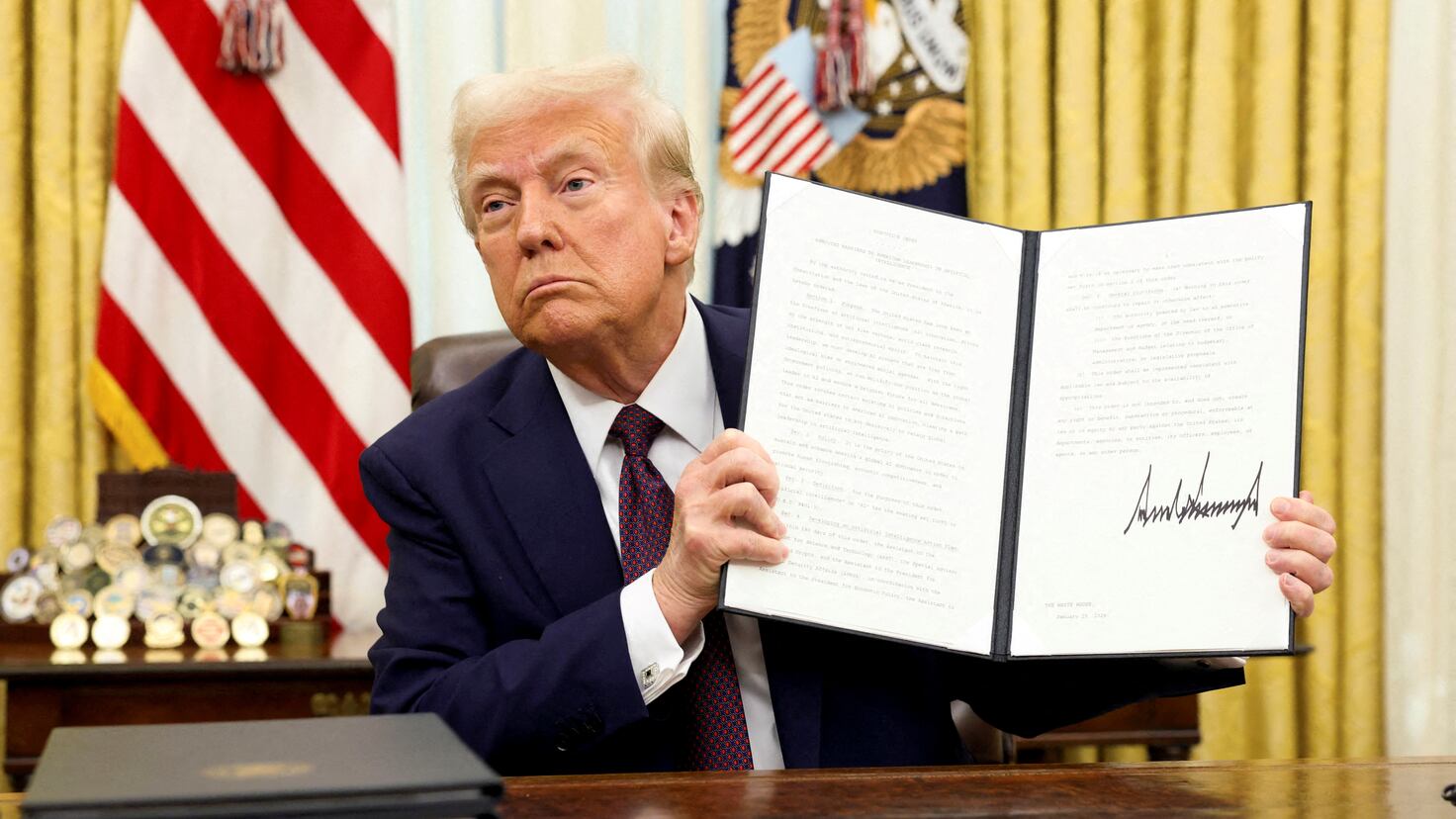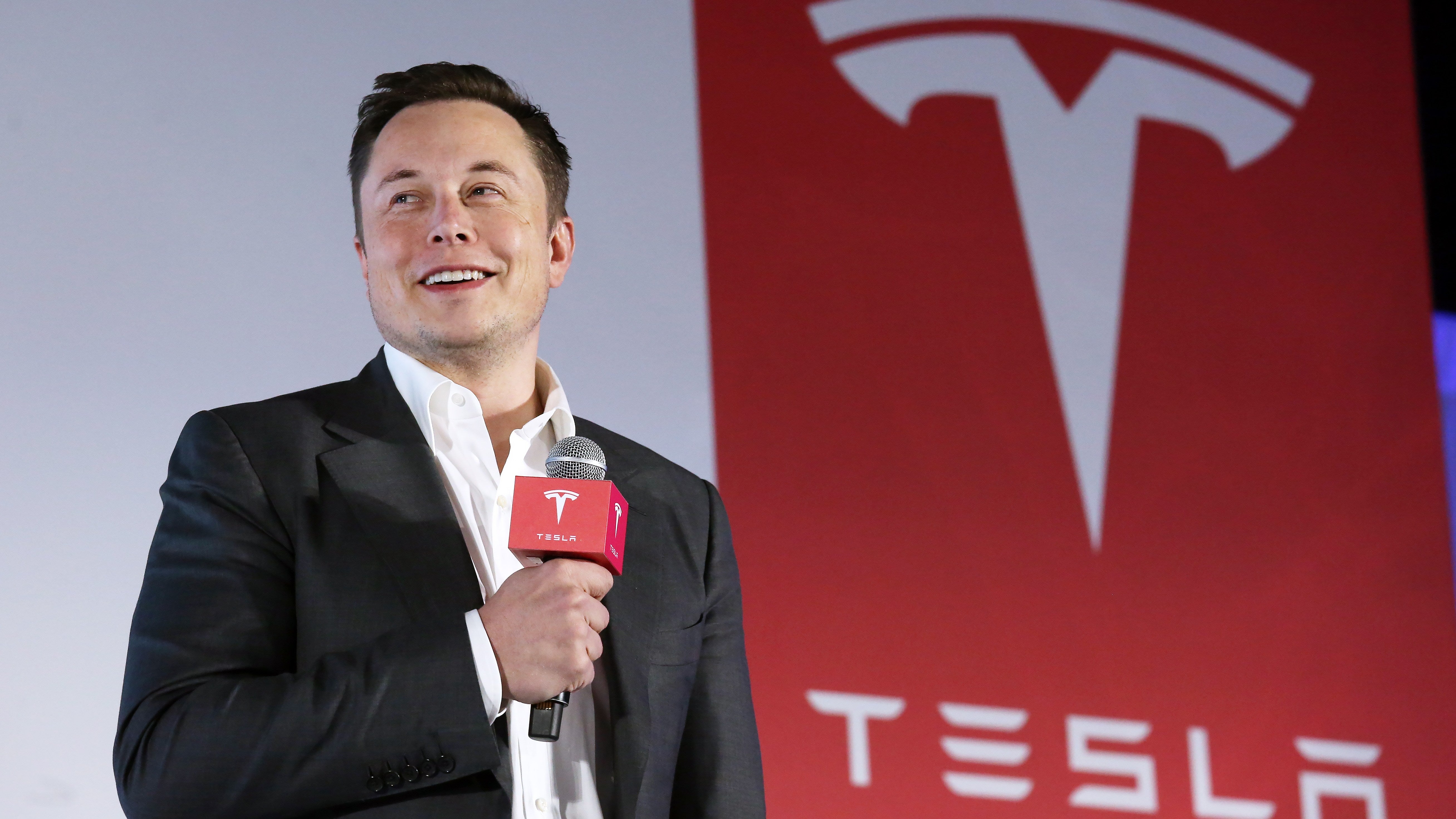Alors que les États-Unis entrent dans une nouvelle ère d'adoption des véhicules électriques (VE), les récentes évolutions législatives accélèrent la mise en place de l'une des mesures incitatives les plus cruciales pour les acheteurs : le crédit d'impôt fédéral pour VE . L'adoption de la loi « One Big Beautiful Bill » mi-2025 a restructuré les dispositions de l'Inflation Reduction Act (IRA) , notamment en supprimant le crédit d'impôt fédéral de 7 500 $ pour VE plus tôt que prévu , la nouvelle date limite étant fixée au 30 septembre 2025 .
Cet article explique ce qui change, quels véhicules sont toujours éligibles et comment profiter pleinement des incitations restantes, y compris les solutions de recharge de véhicules électriques d'EVDANCE pour assurer la pérennité de votre installation domestique .
Le crédit d'impôt pour véhicules électriques prend fin plus tôt que prévu : la date limite est désormais fixée au 30 septembre 2025.
La loi « One Big Beautiful Bill » a accéléré la fin du crédit d'impôt fédéral de 7 500 $ pour les véhicules électriques, initialement prévu par l'IRA. Auparavant, les consommateurs avaient jusqu'au 31 décembre 2025 pour prendre livraison des véhicules électriques admissibles. Désormais, la date limite est avancée de trois mois , et seuls ceux qui prendront livraison d'un véhicule admissible avant le 30 septembre 2025 pourront en bénéficier.
Pourquoi cette précipitation ?
La législation vise à plafonner l'obligation globale du gouvernement en matière d'incitations à l'achat de véhicules électriques, tout en réorientant les fonds vers des projets d'infrastructures et d'indépendance énergétique. Pour les consommateurs, ce calendrier accéléré signifie :
-
Disponibilité limitée des modèles de véhicules électriques populaires
-
Pression accrue sur les concessionnaires et cycles d'inventaire plus courts
-
Il est plus urgent de planifier les livraisons avant le quatrième trimestre 2025
Quels véhicules électriques sont encore admissibles au crédit d’impôt de 7 500 $ ?
La politique révisée permet toujours d'obtenir le crédit d'impôt fédéral complet de 7 500 $ si le véhicule répond aux exigences d'approvisionnement, d'assemblage et de plafonnement des prix , et s'il est livré avant la date limite du 30 septembre .
Voici les meilleurs modèles encore éligibles :
| Marque | Modèles de véhicules électriques éligibles |
|---|---|
| Acura | ZDX |
| Cadillac | Lyriq, Optiq, Vistiq |
| Chevrolet | Blazer électrique, Silverado électrique, Equinox électrique |
| Gué | F-150 Lightning |
| Genèse | GV70 électrifié |
| GMC | Sierra EV |
| Honda | Prologue |
| Hyundai | Ioniq 5, Ioniq 9 |
| Jeep | Wagoneer S |
| Kia | EV6, EV9 |
| Tesla | Cybertruck, Modèle Y, Modèle 3, Modèle X |
| Chrysler | Pacifica hybride rechargeable (PHEV) |
Remarque importante : Bien que des sites comme fueleconomy.gov indiquent toujours le 31 décembre 2025 comme date d'expiration, cette date n'est plus exacte . Prenez vos décisions d'achat et de livraison en fonction de la date limite du 30 septembre 2025 .
Comment maximiser vos incitations avant la date limite
Pour bénéficier pleinement du crédit d’impôt fédéral restant pour les véhicules électriques :
-
Vérifier l'éligibilité du modèle
Vérifiez que la finition et l'année du modèle souhaitées sont admissibles. Certaines finitions ou configurations de batterie peuvent disqualifier un véhicule. -
Agissez rapidement sur les livraisons
Si vous avez commandé un véhicule admissible, assurez-vous qu'il vous soit livré avant le 30 septembre 2025. Il ne suffit pas de passer commande. -
Consultez un conseiller fiscal
Ce crédit est non remboursable et non reportable. Votre droit à déduire la totalité des 7 500 $ dépend de votre impôt fédéral à payer en 2025.
Préparez votre installation de recharge pour l'avenir : solutions de recharge à domicile EVDANCE
Une fois votre véhicule électrique sécurisé, l'étape suivante consiste à optimiser votre expérience de recharge. EVDANCE propose une gamme de solutions et d'accessoires de recharge de niveau 2, conçus pour les acheteurs de véhicules électriques recherchant fiabilité, rapidité et sécurité.
Produits recommandés
Chargeur EVDANCE Flux Tesla 40A
-
Compatible avec tous les modèles Tesla (Modèle 3/Y/S/X)
-
Connecteur NACS avec planification intelligente Wi-Fi
-
Sortie rapide de 40 A — jusqu'à 9,6 kW pour une charge domestique efficace
🔌 Rallonge électrique EVDANCE 40 pieds
-
Conçu pour les longues allées ou les bornes de recharge murales
-
Compatible avec les modèles Tesla et J1772 via un adaptateur
-
Câblage 100 % cuivre, résistant aux intempéries et certifié sécurité
Adaptateur EVDANCE NACS DC vers CCS1
-
Prend en charge jusqu'à 250 kW de charge rapide dans les stations CC
-
Permet la rétrocompatibilité pour les propriétaires de Tesla dans les stations CCS
-
Ultra-compact, résistant à la chaleur et fiable pour l'accès inter-réseaux
💡 Conseil : installez votre chargeur de véhicule électrique domestique avant le 30 septembre 2025 et vous pourrez également bénéficier de crédits d'impôt supplémentaires pour l'efficacité énergétique sur les coûts d'installation en vertu des dispositions actuelles de l'IRA.
Que se passe-t-il après la fin du crédit d’impôt ?
Après le 30 septembre 2025, le crédit fédéral de 7 500 $ ne s'appliquera plus aux livraisons de véhicules neufs. Les constructeurs pourront offrir des rabais aux concessionnaires ou des financements promotionnels , mais ceux-ci ne seront pas aussi fiables ni aussi importants que la subvention fédérale.
Attendre:
-
Réduction de l'accessibilité des véhicules électriques d'entrée de gamme
-
Moins d'incitations fiscales, à moins qu'elles ne soient rétablies par une nouvelle législation
-
Recours accru aux programmes et aux rabais au niveau de l'État
Réflexions finales : le temps presse
Le changement de politique fédérale souligne l'urgence pour les acheteurs de véhicules électriques. Si vous envisagez d'acquérir un véhicule électrique, c'est le moment d'agir , non seulement pour obtenir votre crédit de 7 500 $, mais aussi pour garantir sa disponibilité avant la forte hausse de la demande au troisième trimestre 2025.
Associé aux produits de charge intelligents et à grande vitesse d'EVDANCE , vous pouvez tirer le meilleur parti de votre investissement dans les véhicules électriques pendant de nombreuses années.
Lecture recommandée : Ce que les nouveaux propriétaires de véhicules électriques doivent savoir : un guide complet








Partager:
Volkswagen s'empare de 46 % du marché allemand des véhicules électriques, laissant Tesla derrière lui
Tesla organise un vote des actionnaires sur son investissement dans xAI, en raison des inquiétudes grandissantes concernant les engagements d'Elon Musk.